Home>Interior Design>How To Keep A Home Cool In A Heatwave
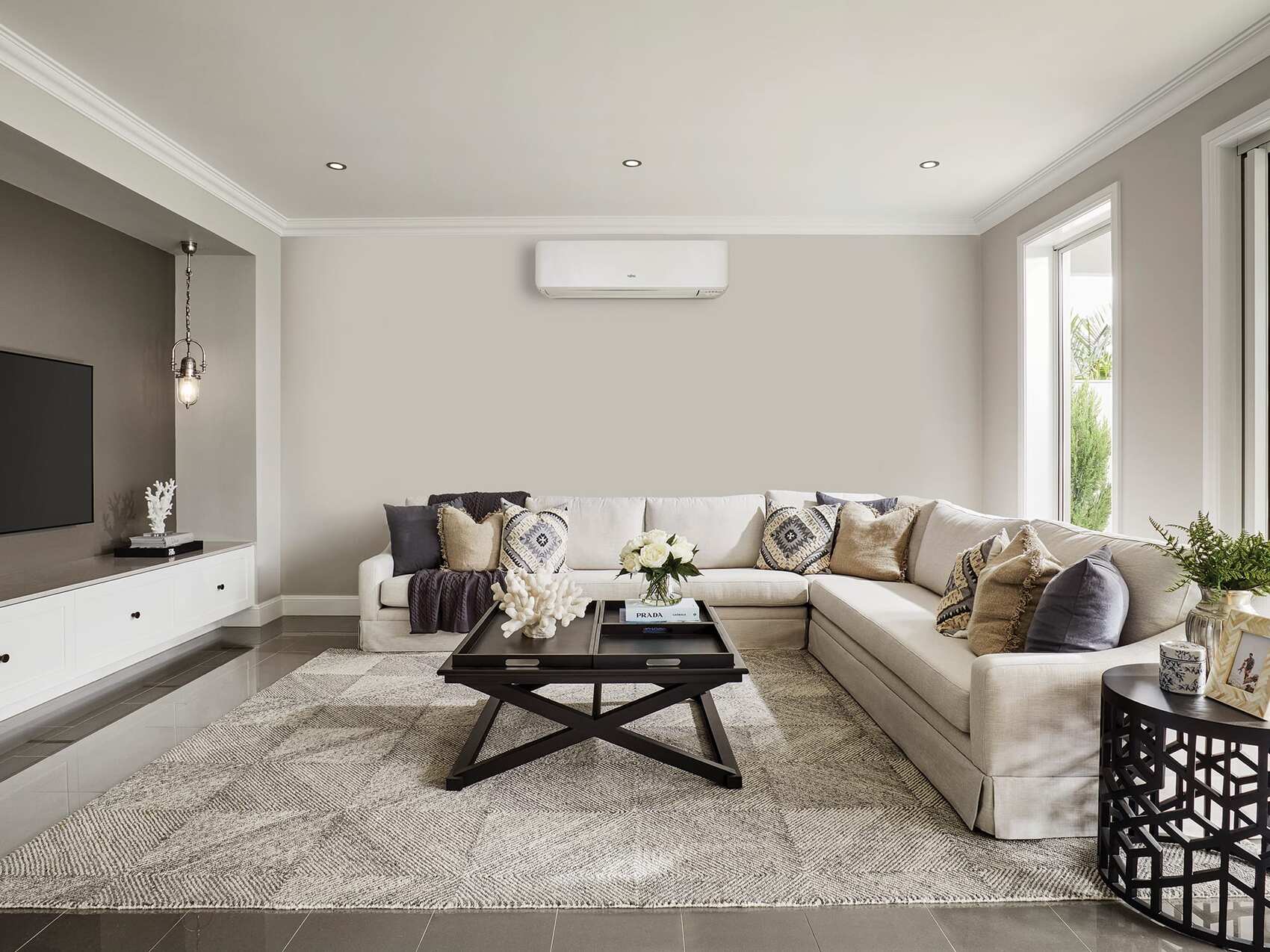

Interior Design
How To Keep A Home Cool In A Heatwave
Modified: November 1, 2024
Learn effective interior design strategies to keep your home cool and comfortable during a heatwave. Discover tips and tricks for creating a refreshing and relaxing environment indoors.
(Many of the links in this article redirect to a specific reviewed product. Your purchase of these products through affiliate links helps to generate commission for Storables.com, at no extra cost. Learn more)
Introduction
Welcome to the scorching heat of summer! As the temperature rises, so does the need to keep our homes cool and comfortable. During heatwaves, the excessive heat can not only make our living spaces unbearable, but it can also put a strain on our energy consumption and utility bills. So, what can you do to beat the heat and maintain a cool home during a heatwave?
In this article, we will explore various strategies and techniques to help you keep your home cool and comfortable, even in the midst of a heatwave. Whether you’re a homeowner, a renter, or even an interior design enthusiast, these tips will prove to be invaluable in combating the sweltering summer heat.
Before we dive into the specifics, let’s first understand the impact of heatwaves on our homes and the importance of combating excessive heat. Heatwaves occur when there is a prolonged period of excessively high temperatures. These prolonged periods of extreme heat can adversely affect our living spaces, causing discomfort, and in some cases, posing health risks.
Not only can excessive heat make it difficult to relax and get a good night’s sleep, but it can also lead to increased energy consumption as we rely more heavily on air conditioning and cooling systems. This spike in energy usage can result in higher utility bills and place a strain on the electrical grid, leading to potential power outages and a heavier carbon footprint.
Understanding the impact of heatwaves on our homes and the environment highlights the importance of implementing effective cooling strategies in our living spaces. By taking proactive measures and making the right choices, we can create a comfortable, energy-efficient, and eco-friendly home environment even during the most intense heatwaves.
Let’s explore some of the key strategies and techniques that will help us achieve just that, ensuring a cool and comfortable home even in the scorching heat of a heatwave.
Key Takeaways:
- Beat the heatwave with strategic cooling techniques, from enhancing insulation to utilizing natural ventilation. Create a comfortable, eco-friendly home environment while minimizing energy consumption and costs.
- Stay cool during heatwaves with smart thermostat solutions, effective window treatments, and a refreshing outdoor oasis. Prioritize sustainability and comfort for a resilient, energy-efficient home.
Understanding the Effect of Heatwaves on Homes
Heatwaves can have a significant impact on our homes, affecting both our comfort and the integrity of the house itself. Understanding these effects is crucial in finding effective solutions to combat the heat and keep our homes cool.
One of the primary effects of heatwaves on homes is increased indoor temperatures. The excessive heat from the sun’s rays penetrates through windows, walls, and roofs, raising the temperature inside our homes. This can make it uncomfortable to be indoors, especially without proper cooling systems in place.
High indoor temperatures not only make it challenging to sleep or relax, but they can also impact the overall air quality within our homes. The heat can lead to increased humidity levels, which can create a breeding ground for mold and mildew. This can pose health risks, particularly for individuals with respiratory issues or allergies.
Furthermore, the intense heat during heatwaves can cause structural damage to our homes. Materials such as wood and metal expand and contract due to temperature changes, which can lead to cracks, warping, and other forms of damage. This can compromise the structural integrity of the house and require costly repairs.
Additionally, heatwaves put a strain on our electrical systems. With increased reliance on cooling systems such as air conditioners and fans, there is a surge in energy consumption. This can lead to overloaded electrical circuits, increased energy bills, and even power outages if the electrical grid is unable to handle the demand.
Understanding the effect of heatwaves on homes allows us to tailor our cooling strategies to address these specific issues. By implementing techniques that minimize indoor temperatures, reduce humidity, protect against structural damage, and optimize energy consumption, we can create a comfortable and resilient living space even during the hottest of heatwaves.
Assessing Your Home’s Cooling Needs
Before diving into various cooling strategies, it’s essential to assess your home’s specific cooling needs. Every home is unique, and factors such as size, layout, insulation, and ventilation play a significant role in determining the most effective cooling solutions.
Start by evaluating the size of your home. Larger homes generally require more robust cooling systems to maintain a comfortable temperature throughout. Consider the number of rooms and the total square footage to determine the cooling capacity needed for efficient temperature control.
Next, assess the insulation of your home. Proper insulation acts as a barrier, preventing heat from entering or escaping your home. Inspect the walls, ceilings, and floors for any signs of inadequate insulation or gaps where cool air could leak out or hot air could seep in. Enhancing insulation will not only improve your home’s energy efficiency, but it will also help keep the interior cool during heatwaves.
Keep in mind that ventilation is crucial for maintaining airflow and reducing indoor temperatures. Evaluate the airflow within your home to identify any areas that tend to trap heat or stifle air movement. Consider the placement of windows, doors, and any existing vents or fans that can promote air circulation.
Consider the orientation of your home in relation to the sun. Homes with more south-facing windows or areas exposed to direct sunlight may require additional cooling solutions due to increased solar heat gain. Assess these areas to determine the impact of sunlight during peak heat hours and strategize ways to manage solar heat gain.
Lastly, take into account any existing cooling systems you have in place. Assess their age, efficiency, and overall condition. Older cooling systems may not be as energy-efficient or may require more maintenance. If necessary, consider upgrading to newer, more efficient systems that can better handle heatwaves.
By thoroughly assessing your home’s cooling needs, you’ll be able to tailor cooling solutions to address specific areas of concern. This will ensure that you’re utilizing the most effective techniques to keep your home cool and comfortable during heatwaves while optimizing energy consumption and minimizing costs.
Enhancing Insulation and Sealing
One of the key factors in keeping your home cool during a heatwave is enhancing insulation and sealing any air leaks. Proper insulation and sealing can significantly reduce the transfer of heat into your home, helping to maintain a comfortable temperature and minimize the need for excessive cooling.
Start by inspecting the insulation in your home, particularly in areas such as the attic, walls, and floors. Verify that insulation levels meet the recommended standards for your climate. If insulation is lacking or outdated, consider adding or upgrading insulation materials to improve thermal resistance.
In addition to insulation, sealing air leaks is equally important in keeping cool air in and hot air out. Common areas for air leakage include windows, doors, electrical outlets, and gaps around pipes and vents. Use weatherstripping, caulking, or sealants to seal these areas and prevent air infiltration.
Another crucial area to focus on is windows. Windows can be a significant source of heat gain during a heatwave. Consider installing reflective window films or using window coverings such as blinds, curtains, or shades to block direct sunlight and reduce solar heat gain. Alternatively, invest in energy-efficient windows that are designed to minimize heat transfer.
Roof insulation is also essential as heat can easily penetrate through the roof. Consider using reflective roof coatings or installing a cool roof that reflects more sunlight and absorbs less heat. This can effectively reduce the amount of heat that enters your home through the roof.
Proper insulation and sealing not only help keep your home cool but also provide long-term energy savings. By reducing heat transfer, your cooling systems will work more efficiently, resulting in lower energy bills and reduced environmental impact.
Remember, enhancing insulation and sealing may require professional assistance, especially for complex tasks such as insulating attics or installing energy-efficient windows. Consult with an expert to ensure that you are following best practices and making the most effective improvements to your home’s insulation and sealing.
By focusing on insulation and sealing, you can create a more energy-efficient and comfortable living space during heatwaves, ensuring that your home stays cool even in the most scorching temperatures.
Utilizing Natural Ventilation Techniques
Natural ventilation is an effective and eco-friendly way to cool your home during a heatwave. By harnessing the power of airflow, you can create a refreshing breeze that helps maintain a comfortable temperature indoors without relying heavily on energy-consuming cooling systems. Here are some techniques to make the most of natural ventilation:
- Open windows strategically: Take advantage of cooler outdoor temperatures during early mornings and late evenings. Open windows on opposite sides of your home to promote cross-ventilation, allowing fresh air to flow through and hot air to escape. Positioning fans near open windows can further improve airflow.
- Maximize airflow with ventilation paths: Identify areas in your home where airflow is naturally restricted, such as hallways or tight corners. Create ventilation paths by opening doors or using fans to redirect air and improve circulation. This will help distribute cool air more effectively throughout your home.
- Utilize natural ventilation aids: Consider using natural ventilation aids such as window vents, skylights, or louvers. These features can be adjusted to control the amount and direction of airflow, allowing you to optimize the cooling effect while keeping your home secure.
- Cross-ventilate with outdoor features: Take advantage of outdoor features such as balconies, verandas, or patio doors. These open spaces can act as natural air intakes, drawing in fresh air and facilitating cross-ventilation when combined with open windows or doors on the opposite side of your home.
- Use window fans: Window fans can significantly enhance natural ventilation. Position them strategically to pull in cool outdoor air while pushing out warm indoor air. Utilize fans that have reversible settings to provide flexibility in adjusting airflow based on your cooling needs.
- Create a cooling breeze: Use portable fans or ceiling fans strategically to create a cooling breeze. Position fans near windows or in central areas of your home to circulate air effectively. This can help increase comfort levels and reduce the reliance on air conditioning.
By utilizing natural ventilation techniques, you can take advantage of the cooler outdoor air and create a comfortable indoor environment during heatwaves. Not only will this help you reduce energy consumption, but it will also provide a refreshing and eco-friendly way to stay cool in the midst of scorching temperatures.
Installing Energy-Efficient Cooling Systems
While natural ventilation is advantageous, there may be times when additional cooling is necessary, especially during extreme heatwaves. In such cases, installing energy-efficient cooling systems can provide the desired comfort without excessive energy consumption. Here are a few options to consider:
- Air conditioners: Consider investing in energy-efficient air conditioning units. Look for units with high energy-efficiency ratings that meet your cooling needs. Opt for models with advanced features such as programmable thermostats, energy-saving modes, and variable-speed compressors, which can help improve efficiency and reduce energy consumption.
- Evaporative coolers: Evaporative coolers, also known as swamp coolers, are a more environmentally friendly alternative to traditional air conditioners. These devices use evaporative cooling technology to lower the temperature of incoming air. They are particularly effective in dry climates, as they add moisture to the air while cooling it.
- Ceiling fans: Ceiling fans are a cost-effective and energy-efficient cooling solution. They create a cooling breeze that can make you feel up to 4 degrees Fahrenheit (2.2 degrees Celsius) cooler, allowing you to rely less on air conditioning. Choose fans with the ENERGY STAR label, as they are designed to meet strict energy efficiency guidelines.
- Ductless mini-split systems: Ductless mini-split systems are an excellent option for cooling individual rooms or zones. These systems consist of an outdoor unit and one or more indoor units connected by refrigerant lines. They offer improved energy efficiency compared to central air conditioning, as they allow for zoned cooling and don’t require ductwork.
- Heat pumps: Heat pumps provide both cooling and heating functionalities, making them a versatile solution. They work by transferring heat from one space to another, either extracting heat from your home to cool it or bringing in heat to warm it. Look for energy-efficient heat pump models with high Seasonal Energy Efficiency Ratio (SEER) ratings.
When installing any cooling system, it’s essential to consider proper sizing and professional installation. An improperly sized or installed system can result in inefficiency and increased energy consumption. Consult with a trusted HVAC professional to ensure you choose the right system for your home and that it is installed correctly.
Remember, regular maintenance and cleaning are crucial for maximizing the energy efficiency of your cooling systems. Schedule professional maintenance annually and perform routine tasks like cleaning or replacing filters to keep your systems running efficiently.
By opting for energy-efficient cooling systems and properly maintaining them, you can enjoy a cool and comfortable home during heatwaves while minimizing your environmental impact and reducing energy costs.
Proper Maintenance of Cooling Systems
Maintaining your cooling systems is vital to ensure their optimal performance, energy efficiency, and longevity. Regular maintenance not only extends the lifespan of the equipment but also helps prevent breakdowns and reduces energy consumption. Here are some key maintenance tips for your cooling systems:
- Check and clean air filters: Dirty air filters can restrict airflow and reduce the efficiency of your cooling system. Check the filters regularly and clean or replace them as needed. This simple task can improve the system’s performance and indoor air quality.
- Clean the condenser coils: Over time, the condenser coils of air conditioning units can accumulate dirt and debris, hindering proper heat transfer. Clean the coils annually to maintain optimal cooling efficiency. Refer to the manufacturer’s guidelines or consult a professional for the proper cleaning method.
- Inspect and clean ductwork: If you have a central cooling system, inspect the ductwork for leaks, cracks, or blockages that can hinder airflow. Seal any leaks with duct tape or mastic sealant and consider professional duct cleaning every few years to remove built-up dust and debris.
- Check refrigerant levels: Improper refrigerant levels can affect the cooling capacity and efficiency of your system. If you suspect a refrigerant leak or notice a decrease in cooling performance, contact a professional to inspect and recharge the refrigerant if necessary.
- Inspect fan blades and motors: Regularly inspect fan blades for any signs of damage or imbalance. Unbalanced blades can strain the motor and reduce efficiency. Lubricate the fan motor as per manufacturer instructions to ensure smooth operation.
- Ensure proper airflow: Clear any obstructions around the outdoor unit, such as debris, shrubs, or furniture, to ensure proper airflow. Restricted airflow can reduce the system’s efficiency and cooling capacity.
- Programmable thermostat settings: Utilize the programmable features of your thermostat to optimize cooling schedules. Adjust temperature settings when you’re away from home to reduce energy consumption. Gradually increase temperatures by a few degrees during the night to promote energy savings and improve sleep quality.
- Schedule professional maintenance: Consider scheduling annual maintenance with a qualified HVAC technician. They can perform a thorough inspection, clean the system, check for any potential issues, and ensure its peak performance. Professional maintenance helps identify and resolve problems early on, preventing costly repairs down the line.
Remember, following manufacturer guidelines and seeking professional assistance when needed are crucial for the proper maintenance of your cooling systems. By taking proactive measures and maintaining your systems regularly, you can ensure their efficiency, longevity, and consistent performance during heatwaves.
Close curtains and blinds during the hottest part of the day to block out the sun’s heat. Use fans and open windows at night to let in cooler air.
Managing Solar Heat Gain
Solar heat gain is a significant factor contributing to the rising temperatures inside our homes during heatwaves. Managing this heat gain can help keep your home cool and reduce reliance on cooling systems. Here are some effective strategies for managing solar heat gain:
- Install reflective window films: Reflective window films or coatings can significantly reduce the amount of solar heat entering your home. These films reflect a portion of the sun’s energy, preventing it from permeating through the windows. Install the films on windows that receive direct sunlight during the hottest parts of the day.
- Use window coverings: Consider utilizing window coverings such as blinds, curtains, shades, or shutters. These treatments allow you to control the amount of sunlight entering your home. Close them during the hottest parts of the day to block direct sunlight and reduce heat gain. Opt for light-colored or reflective materials to enhance their heat-blocking capabilities.
- Invest in energy-efficient windows: If you’re in the market for new windows or planning to replace existing ones, consider energy-efficient options. Look for windows with low emissivity (low-E) coatings that minimize heat transfer through the glass. Double or triple-paned windows with gas-filled chambers offer enhanced insulation, reducing solar heat gain.
- Install exterior shading devices: Exterior shading devices such as awnings, pergolas, or solar shades can effectively block direct sunlight from reaching the windows. These shading devices can be adjustable to accommodate different sun angles throughout the day, providing maximum protection against solar heat gain.
- Plant trees or use landscaping: Strategically planting trees or installing landscaping elements such as shrubs or trellises can provide natural shade for your home. Position these elements to block the sun’s rays from hitting windows and exterior walls directly. Deciduous trees are particularly beneficial as they provide shade in the summer and allow sunlight through during the winter months.
- Utilize exterior reflective surfaces: Use reflective surfaces such as light-colored or white roofing materials, exterior paints, or coatings to reflect solar radiation away from your home. These surfaces absorb less heat, keeping the exterior cooler and reducing heat transfer to the interior.
- Consider installing solar screens: Solar screens are mesh-like coverings that can be installed on the exterior of windows. They block a portion of solar heat and glare while still allowing some visibility and natural light to enter your home. Solar screens are particularly effective for windows that receive high amounts of direct sunlight.
Implementing these strategies to manage solar heat gain can significantly reduce the amount of heat entering your home during heatwaves. By minimizing the heat gain, you can create a more comfortable and cooler indoor environment without solely relying on cooling systems, leading to energy savings and enhanced comfort.
Effective Window Treatments
Window treatments play a crucial role in managing heat, light, and privacy in your home. By choosing effective window treatments, you can reduce solar heat gain, block harmful UV rays, and create a comfortable and visually appealing space. Here are some window treatment options to consider:
- Blinds: Blinds are a versatile option for controlling light and heat. Adjusting the angle of the slats allows you to customize the amount of sunlight entering your home. Opt for blinds made from light-colored or reflective materials to enhance their cooling capabilities.
- Curtains and Drapes: Curtains and drapes offer both style and functionality. Heavy, tightly woven fabrics with light-colored or reflective linings can provide excellent insulation against heat transfer. Closing them during the hottest parts of the day can effectively block solar heat and maintain a cooler indoor temperature.
- Shades: Shades are a popular choice for managing heat and light. Cellular or honeycomb shades, in particular, provide excellent insulation while allowing diffused natural light to enter. Look for shades with a high thermal resistance (R-value) to enhance their cooling properties.
- Shutters: Shutters are a timeless and elegant window treatment option. They not only offer privacy and light control but also provide insulation against solar heat gain. Adjustable louvers allow you to control the amount of sunlight entering your home, providing flexibility in managing heat and glare.
- Window films: Window films are a cost-effective way to improve energy efficiency and reduce UV radiation. Reflective films can reflect a portion of the sun’s heat and glare, while tinted films can block UV rays. Additionally, decorative window films can add style and privacy to your windows.
- Sheer curtains: Sheer curtains are lightweight and translucent, allowing ample natural light to enter your home while providing privacy. They can be layered with heavier curtains or used alone during the day to filter light and reduce heat, creating a soft and airy ambiance.
- Roller shades: Roller shades are a simple and modern option for light and heat control. Opt for light-colored or reflective fabrics to block solar heat gain. Some roller shades also come with blackout options for complete light and heat reduction when needed.
When selecting window treatments, consider the orientation of your windows and the specific needs of each room. South-facing windows may require more heat-blocking treatments, while east or west-facing windows may benefit from adjustable options to manage sunlight throughout the day.
Remember, different window treatments offer varying levels of insulation and light control. Consider the climate, level of privacy desired, and overall aesthetic appeal when choosing the right window treatments for your home.
By installing effective window treatments, you can manage solar heat gain, reduce UV radiation, and create a comfortable and energy-efficient living space that reflects your personal style.
Read more: How To Keep Track Of Home Improvements?
Strategic Use of Fans
Fans are a versatile and energy-efficient way to keep your home cool during a heatwave. By strategically using fans, you can create a comfortable airflow, improve ventilation, and reduce reliance on air conditioning. Here are some tips for maximizing the cooling effect of fans:
- Ceiling fans: Ceiling fans are an excellent investment for cooling your home. Set the ceiling fan blades to rotate counterclockwise during the summer. This creates a downward breeze that can make you feel up to 4 degrees Fahrenheit (2.2 degrees Celsius) cooler. Make sure to adjust the fan speed to a comfortable setting.
- Window fans: Window fans are a cost-effective solution for bringing in fresh air and creating a cooling breeze. Position the fans to face outward on the upper level windows during the hottest times of the day. This can help draw hot air out of your home and promote airflow.
- Box fans: Box fans are portable and versatile fans that can be placed in different areas of your home to improve airflow. Position them near open windows or doorways to pull in cool air and facilitate cross-ventilation. Experiment with fan placement and direction to optimize the airflow in your specific space.
- Desk or table fans: Desk or table fans are compact and convenient for providing direct personal cooling. Place them on your desk, bedside table, or any area where you need immediate cooling. The directed airflow can provide instant relief during hot and humid conditions.
- Tower fans: Tower fans are tall, slim fans that oscillate to provide widespread cooling. They take up minimal space and can be placed in living rooms, bedrooms, or any large area. Tower fans often come with adjustable speed settings and timer features for personalized cooling and energy efficiency.
- Pedestal fans: Pedestal fans are freestanding fans that offer flexible cooling options. They usually have adjustable height and oscillation features, providing wide-area cooling. Place them strategically in rooms where you need a focused and powerful airflow.
- Use fans with ice or cold water: For an extra cooling boost, try placing a bowl of ice or cold water in front of a fan. The fan will blow the chilled air from the ice or water, creating a refreshing breeze. This hack can provide temporary relief on particularly hot days.
Remember, fans work best when used in conjunction with other cooling strategies such as proper insulation, shading, and natural ventilation. Experiment with fan placement, direction, and speed settings to find the optimal cooling effect for your specific space.
By strategically using fans, you can improve airflow, create a cooling breeze, and reduce the need for excessive air conditioning. This not only saves energy but also enhances your comfort during heatwaves, making your home a cool oasis during the scorching summer months.
Creating a Cool Outdoor Living Space
During a heatwave, it’s not just the indoors that can become uncomfortable- spending time outdoors can also be quite challenging. However, with some strategic planning and design, you can create a cool and inviting outdoor living space where you can relax and beat the heat. Here are some tips for creating a cool outdoor oasis:
- Shade elements: Incorporate shade elements into your outdoor space to provide relief from the sun’s intense heat. Options could include a pergola, umbrella, gazebo, or retractable awning. These structures can help block direct sunlight, creating cooler areas for seating and lounging.
- Natural shading: Take advantage of existing natural elements for shading in your outdoor space. Position seating areas under trees, awnings, or tall shrubs to benefit from their natural shade. This not only helps keep the space cool but also enhances the aesthetics of your outdoor area.
- Misting systems: Install a misting system in your outdoor space to create a refreshing mist that cools the air. Misting systems work by spraying a fine mist of water that quickly evaporates, lowering the surrounding temperature. These systems are especially effective in dry climates.
- Cooling fabrics: Opt for outdoor furniture, cushions, and rugs made with cooling fabrics that repel heat and moisture. Look for materials designed to be breathable, moisture-wicking, and quick-drying. These fabrics can help prevent the buildup of heat and keep you comfortable as you relax outdoors.
- Water features: Incorporate water features into your outdoor living space to create a soothing and cooling effect. Consider adding a small fountain, a water wall, or even a shallow pool or wading area. The sound and sight of water can create a refreshing ambiance and help lower the surrounding temperature.
- Outdoor fans: Install outdoor ceiling fans or portable fans in your outdoor space to create a gentle breeze. Ceiling fans can be mounted under gazebos or pergolas, while portable fans can be strategically placed to direct airflow where it’s needed most. Fans enhance evaporative cooling, making you feel cooler even in hot weather.
- Nighttime lighting: Use LED or low-heat lighting options for nighttime illumination in your outdoor area. Traditional incandescent bulbs can emit heat and make the space feel warmer. LED lights produce minimal heat and consume less energy, making them an ideal choice for creating a cooler atmosphere.
- Outdoor shading materials: Consider using outdoor curtains, shades, or screens to create additional shade and privacy when needed. These materials are designed to withstand outdoor conditions while blocking sunlight and reducing heat. They can be adjusted or rolled up based on the intensity of the sun and your preferences.
By incorporating these elements into your outdoor living space, you can create a cool and comfortable area to enjoy during heatwaves. Whether you’re relaxing with a book, hosting a gathering, or simply unwinding under the open sky, a cool outdoor oasis will provide a refreshing escape from the sweltering heat.
Implementing Smart Thermostat Solutions
When it comes to keeping your home cool and energy-efficient during a heatwave, implementing smart thermostat solutions can make a significant difference. Smart thermostats offer advanced features that allow you to customize and control your home’s temperature with ease, resulting in comfort and energy savings. Here’s how you can benefit from implementing smart thermostat solutions:
- Programmable temperature settings: Smart thermostats allow you to set customized temperature schedules based on your daily routine. You can program different temperature settings for different times of the day, ensuring optimal comfort while saving energy. For example, you can schedule the thermostat to raise the temperature when you’re away and lower it before you return home.
- Remote access and control: Smart thermostats offer remote accessibility through mobile apps, allowing you to control your home’s temperature from anywhere. If you’re away and forgot to adjust the thermostat, you can easily make changes using your smartphone. This feature ensures your home remains comfortable while minimizing unnecessary energy consumption.
- Learning capabilities: Many smart thermostats have learning capabilities that adapt to your preferences and behavior over time. They can learn how long it takes to cool your home to a comfortable temperature and adjust the cooling patterns accordingly. This helps ensure ideal comfort while maximizing energy efficiency.
- Energy usage reports: Smart thermostats provide detailed energy usage reports, giving you insights into your home’s heating and cooling patterns. These reports show how different temperature settings affect your energy consumption, allowing you to make informed decisions about adjusting settings to save energy and reduce costs.
- Integration with other devices: Smart thermostats often integrate with other smart home devices, such as voice assistants or home automation systems. This enables seamless control and coordination between various devices, allowing you to create a more efficient and connected home environment.
- Geofencing: Geofencing technology can be utilized by some smart thermostats to detect when you’re approaching home. The thermostat can then start adjusting the temperature to your preferred comfort level before you arrive, ensuring a welcoming environment upon your arrival while optimizing energy consumption.
- Smart learning algorithms: Some smart thermostats contain advanced algorithms that analyze factors such as weather conditions, humidity levels, and occupancy patterns. They use this information to automatically adjust temperature settings for optimal comfort and energy efficiency without the need for manual intervention.
By implementing smart thermostat solutions, you can take control of your home’s temperature, optimize energy usage, and enjoy a comfortable living space even during intense heatwaves. With the ability to customize and automate temperature settings, smart thermostats offer convenience, energy savings, and peace of mind.
When considering a smart thermostat, ensure compatibility with your HVAC system and research different models to find the one that best suits your needs. Consult with professionals if necessary to ensure proper installation and integration with your existing systems.
Additional Tips for Keeping Cool in a Heatwave
In addition to the strategies mentioned earlier, here are some additional tips to help you stay cool and comfortable during a heatwave:
- Dress for the heat: Wear lightweight, loose-fitting, and breathable clothing made from natural fibers like cotton or linen. These fabrics allow air circulation and help wick away sweat, keeping you cooler.
- Stay hydrated: Drink plenty of water throughout the day to stay hydrated and regulate your body temperature. Avoid excessive consumption of caffeine or alcohol, as they can contribute to dehydration.
- Avoid heat-generating activities: Minimize the use of heat-generating appliances like ovens, stoves, and dryers during the hottest parts of the day. Opt for cooler cooking methods such as grilling or use smaller appliances like microwaves instead.
- Frequent cool showers or baths: Take cool showers or baths to lower your body temperature. You can also use a damp towel or cloth to cool your face or neck periodically throughout the day.
- Limit sun exposure: Avoid direct sun exposure, especially during peak heat hours. If you must be outside, seek shade and wear a wide-brimmed hat, sunglasses, and sunscreen to protect yourself from harmful UV rays.
- Create a DIY air conditioner: Place a bowl of ice or a frozen water bottle in front of a fan to create a makeshift air conditioner. The fan will blow the cool air from the ice or water, providing instant relief in small spaces.
- Create a cool sleep environment: Use lightweight, breathable bedding materials and consider using moisture-wicking sheets. Open windows at night to allow for better airflow and use fans or air conditioning to create a cool bedroom environment for a restful sleep.
- Schedule outdoor activities wisely: Plan outdoor activities during cooler parts of the day, such as early morning or late evening. This will help you avoid the excessive heat and reduce the risk of heat-related illnesses.
- Stay informed: Keep an eye on local weather forecasts and heat advisories to stay informed about temperature trends and potential heatwave alerts. This will help you plan and prepare accordingly.
- Check on vulnerable individuals: If you have elderly neighbors, children, or individuals with health conditions nearby, consider checking on them during heatwaves. Offer assistance and ensure they are staying cool and hydrated.
Remember, it’s important to listen to your body and take breaks when needed. If you experience symptoms of heat exhaustion or heatstroke, such as dizziness, nausea, rapid heartbeat, or confusion, seek medical attention immediately.
By implementing these additional tips, you can effectively combat the heat, stay cool, and protect yourself and your loved ones during heatwaves. Stay proactive, practice good heat management techniques, and prioritize your well-being during extreme weather conditions.
Read more: How To Keep Your Home Clutter-Free
Conclusion
As heatwaves become more frequent and intense, it’s crucial to know how to keep your home cool and comfortable while minimizing the impact on the environment and your energy bills. By implementing a combination of strategies, you can create a cool oasis even in the midst of scorching temperatures.
Understanding the effects of heatwaves on our homes and taking steps to assess our cooling needs are essential first steps. Enhancing insulation and sealing air leaks can prevent the transfer of heat, while utilizing natural ventilation techniques helps promote airflow and reduce indoor temperatures.
Installing energy-efficient cooling systems, such as air conditioners or evaporative coolers, provides effective temperature control while maintaining energy savings. Proper maintenance of cooling systems ensures their optimal performance and efficiency, reducing the likelihood of breakdowns and unnecessary energy consumption.
Managing solar heat gain through the use of reflective window treatments, outdoor shading elements, and landscaping techniques minimizes heat transfer and keeps the interior cooler. And by strategically using fans, creating a cool outdoor living space, and implementing smart thermostat solutions, you can further enhance comfort and energy efficiency.
In addition, incorporating small lifestyle adjustments like dressing appropriately, staying hydrated, and limiting heat-generating activities can help you stay cool and healthy during heatwaves.
By following these tips and being mindful of your home’s cooling needs, you can create a comfortable and energy-efficient living space, no matter how high the temperatures rise. Remember to stay informed about weather conditions and take care of vulnerable individuals during extreme heat events.
As we face the ongoing challenge of rising temperatures, it’s crucial to prioritize sustainable cooling solutions to reduce our environmental impact. By adopting these strategies, you not only create a cool and comfortable home but also contribute to a more sustainable future.
Frequently Asked Questions about How To Keep A Home Cool In A Heatwave
Was this page helpful?
At Storables.com, we guarantee accurate and reliable information. Our content, validated by Expert Board Contributors, is crafted following stringent Editorial Policies. We're committed to providing you with well-researched, expert-backed insights for all your informational needs.
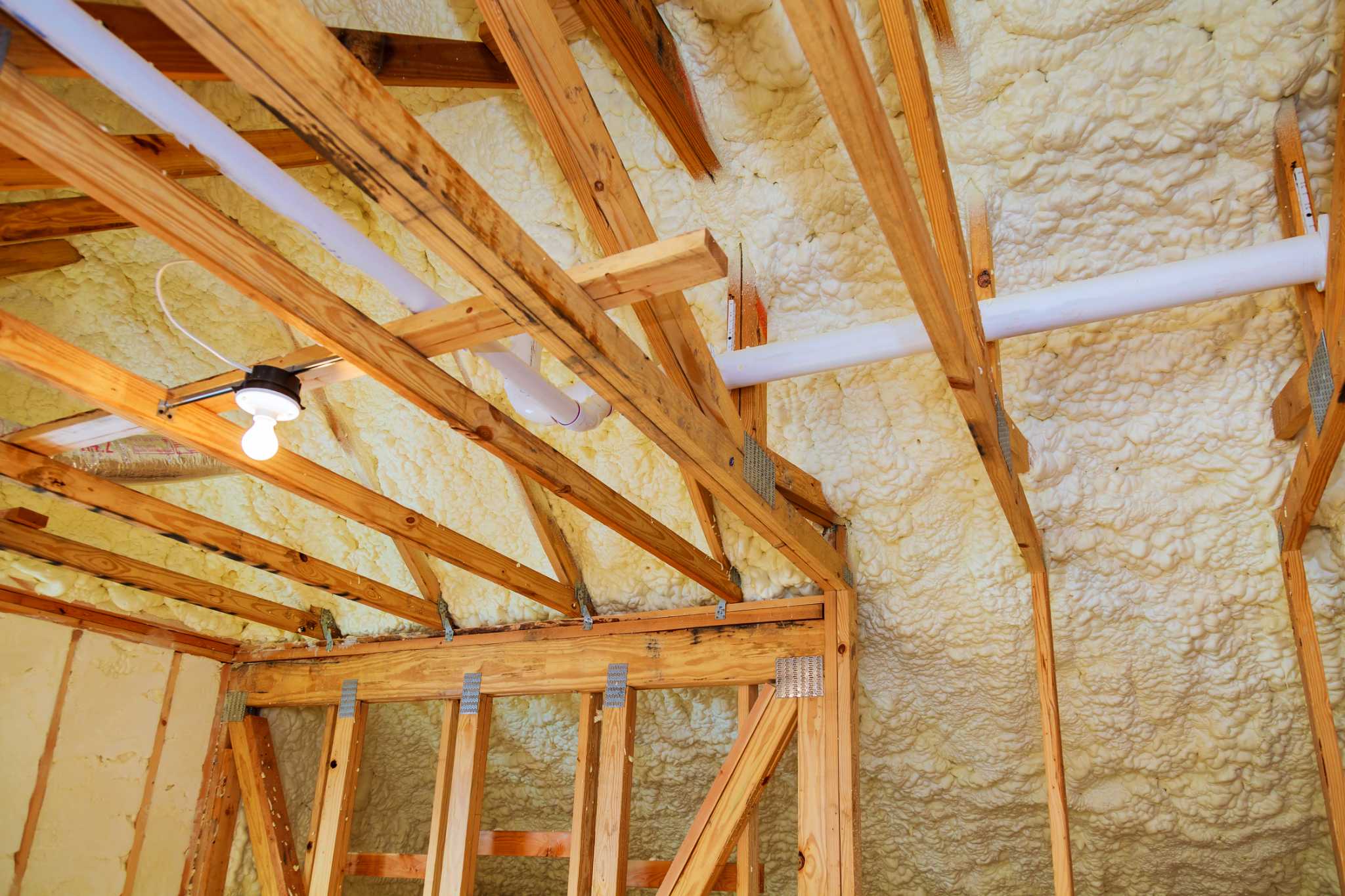
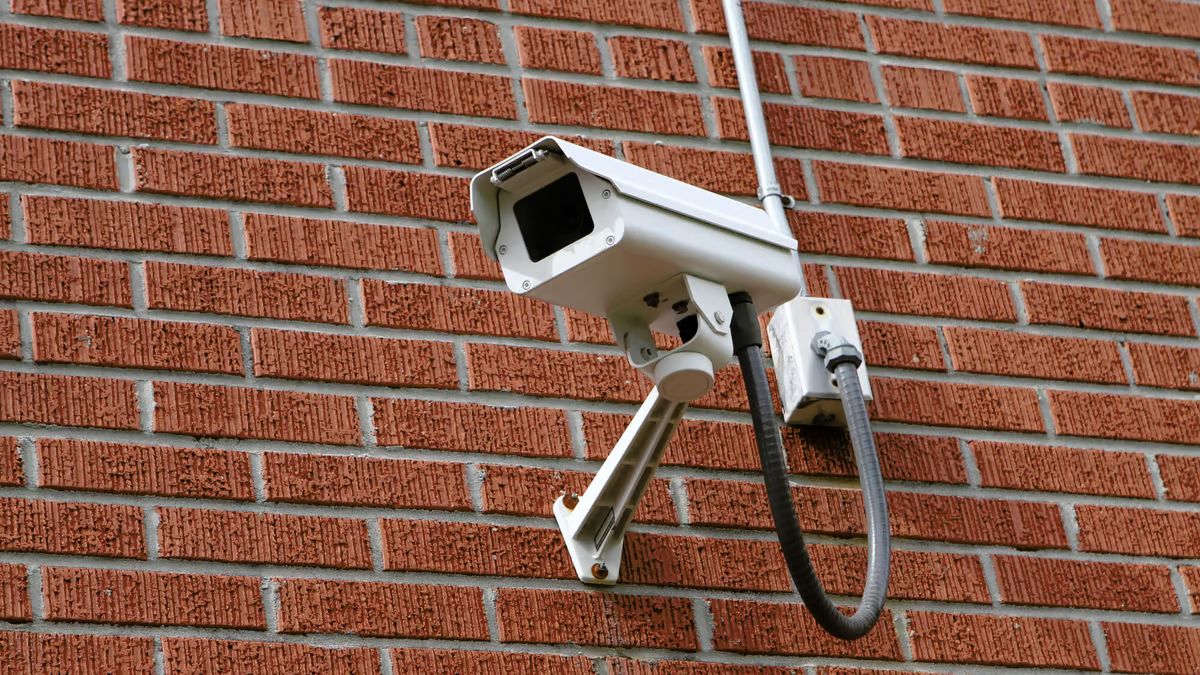
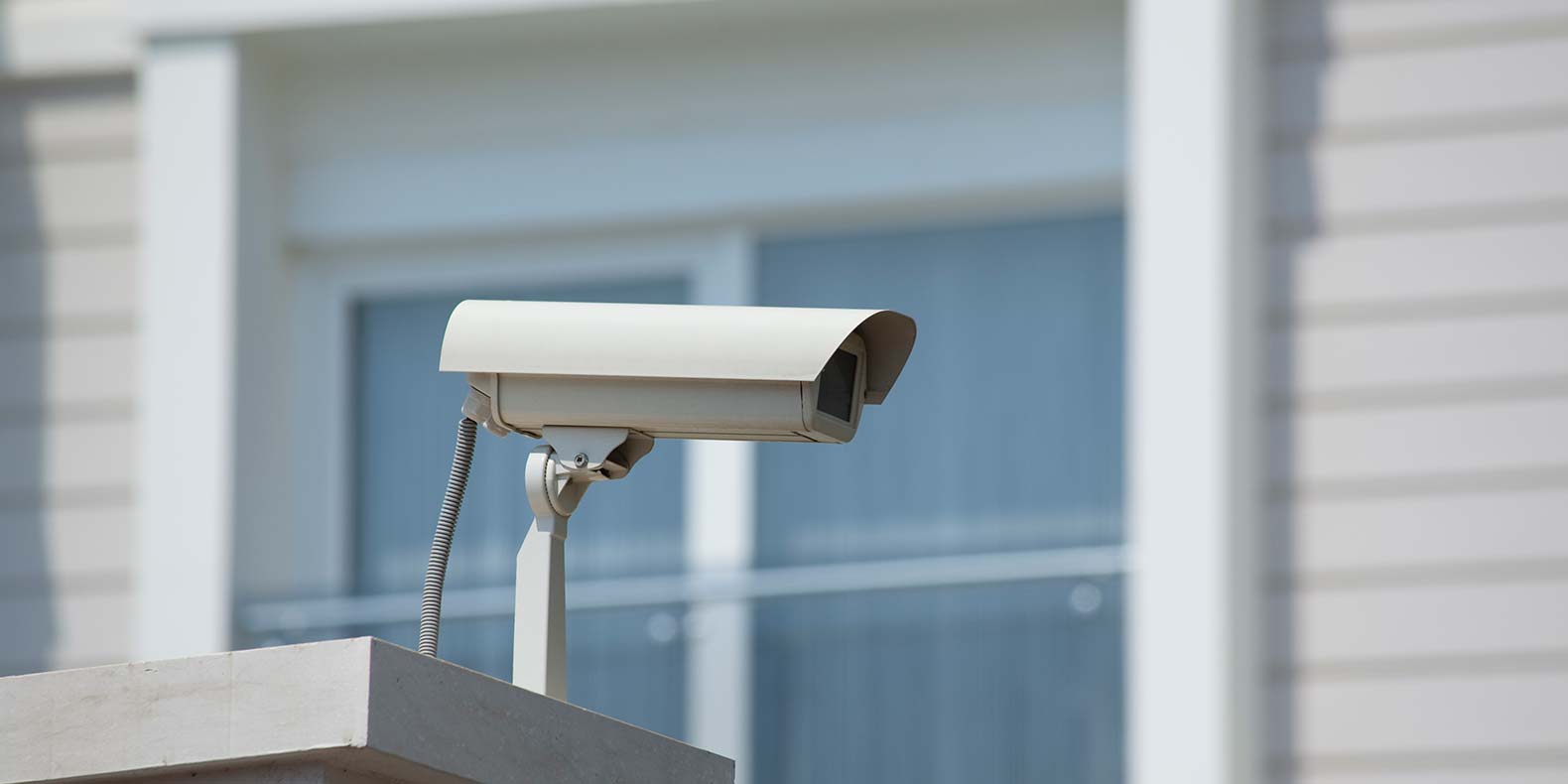
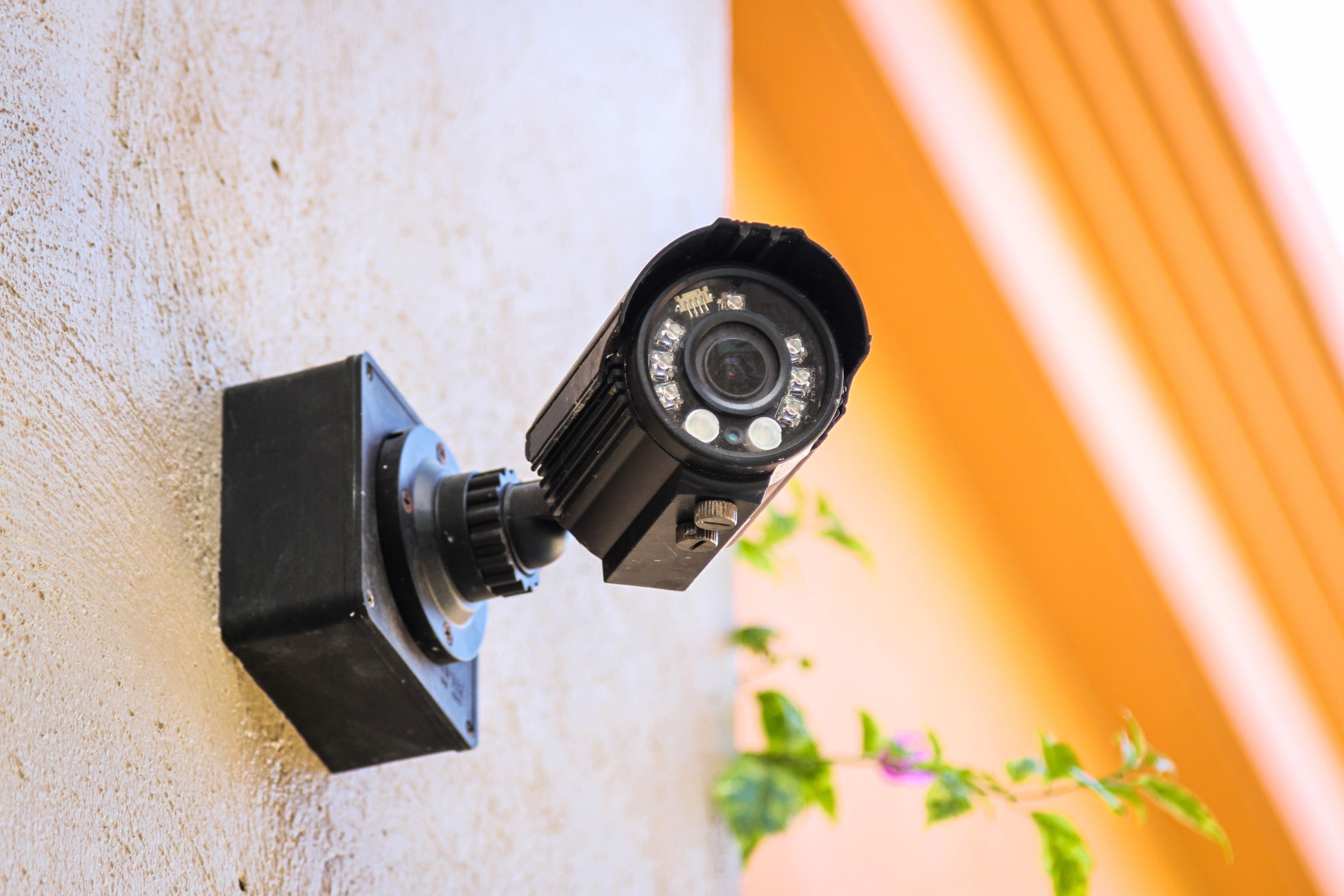
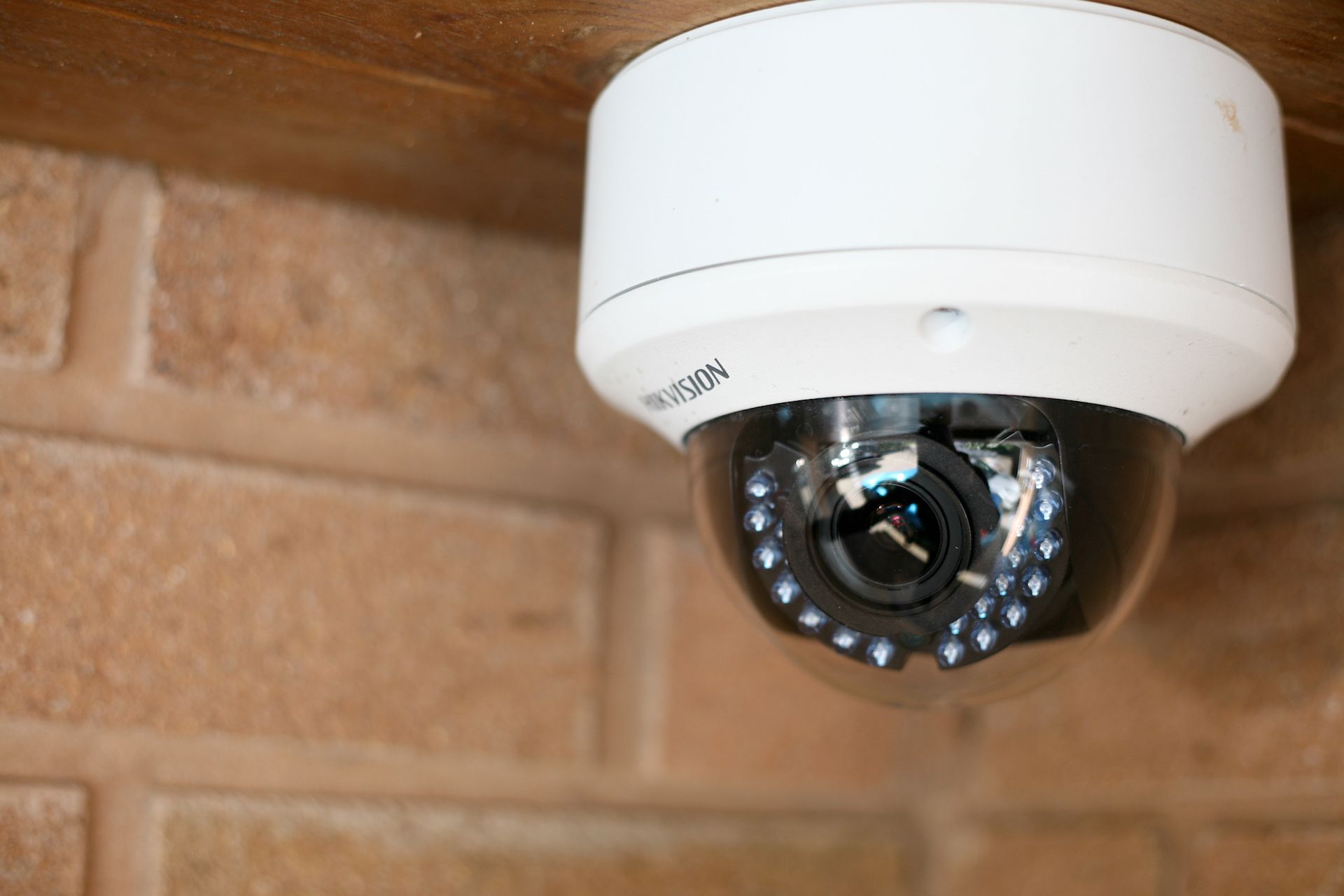
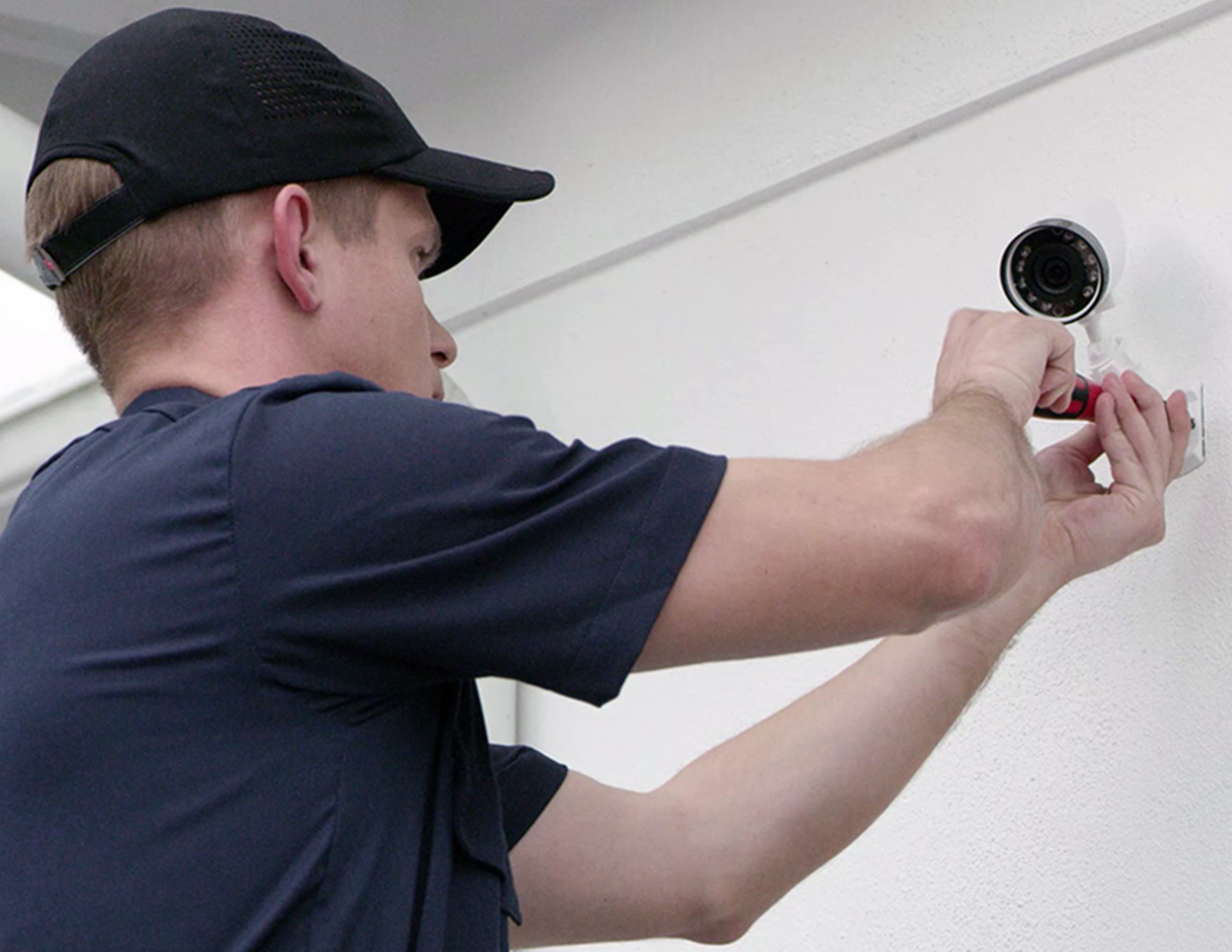
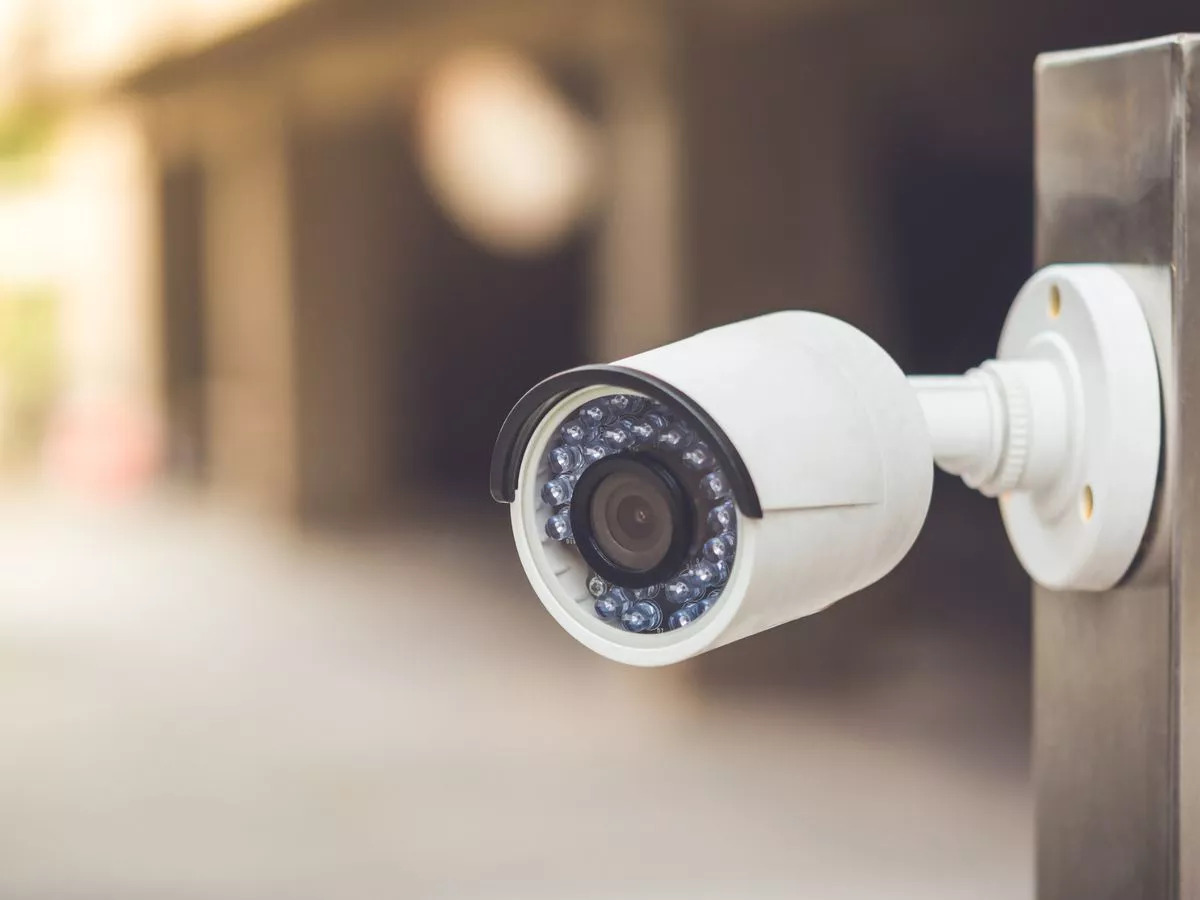
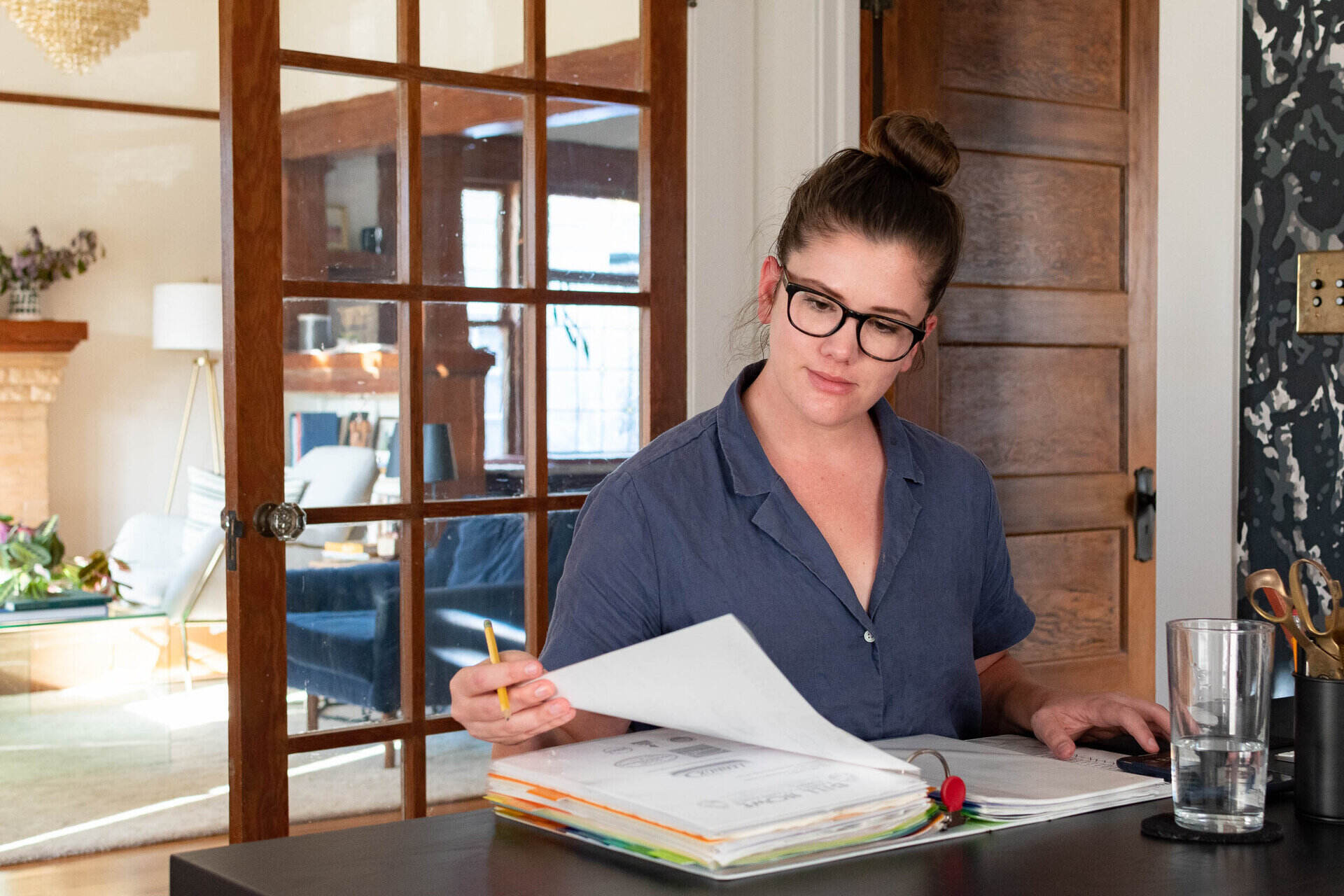
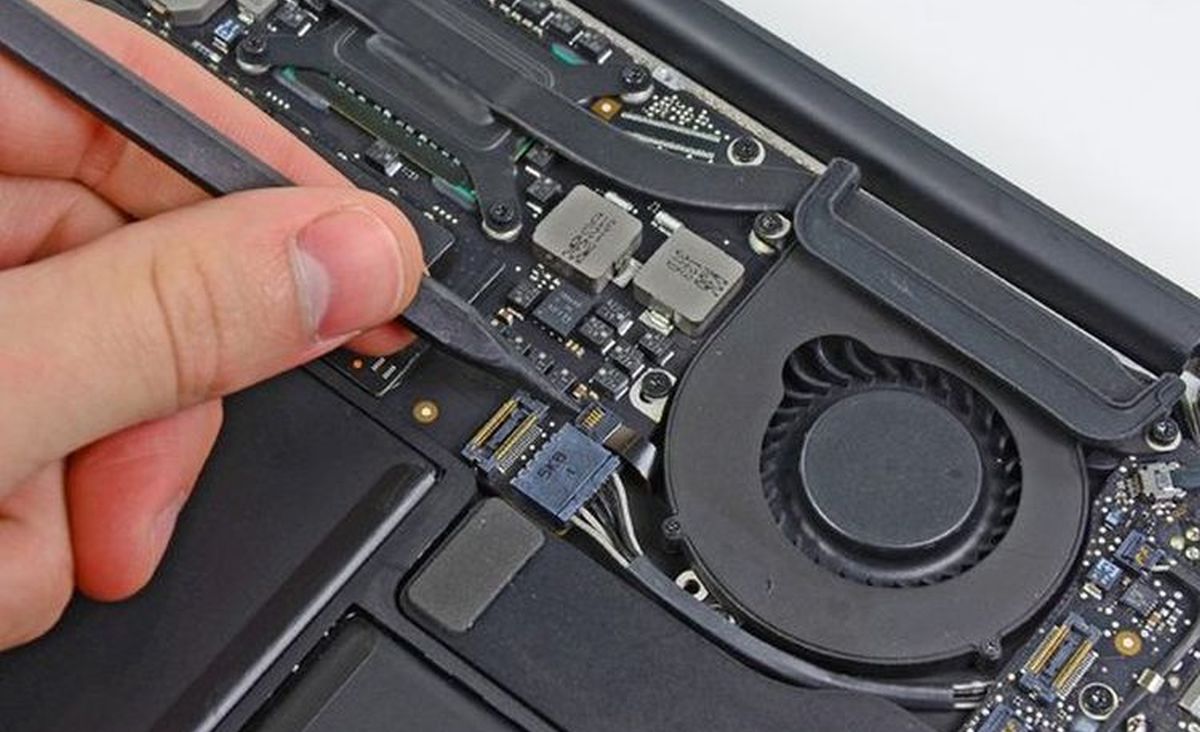
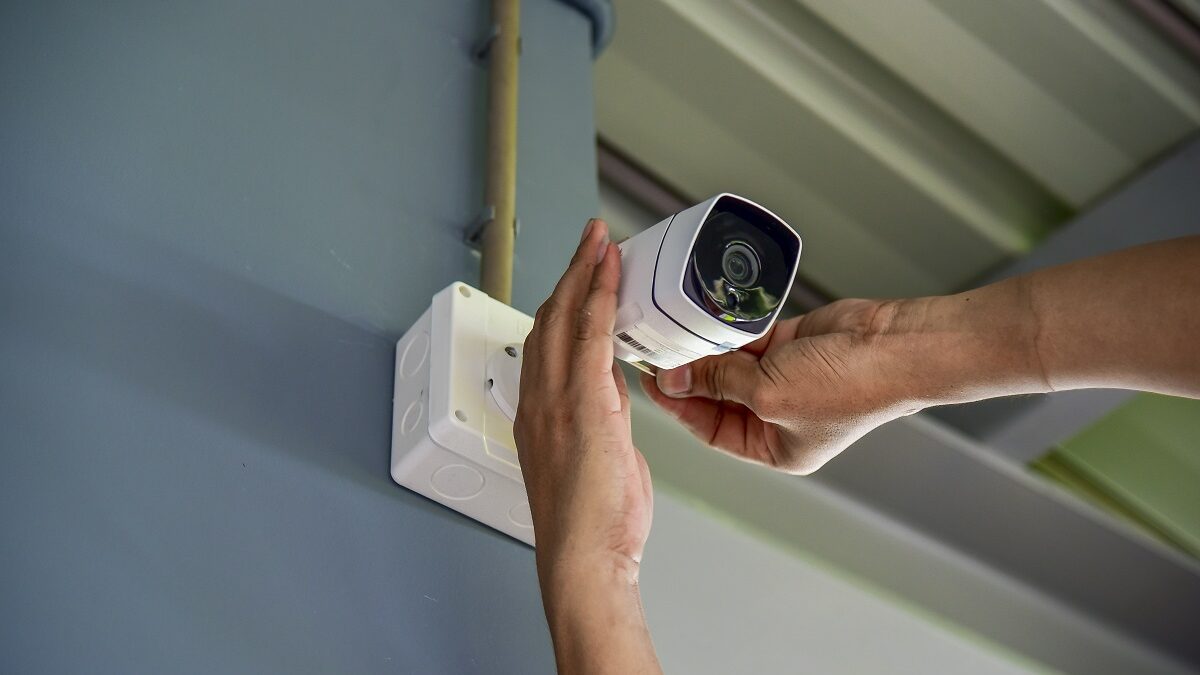
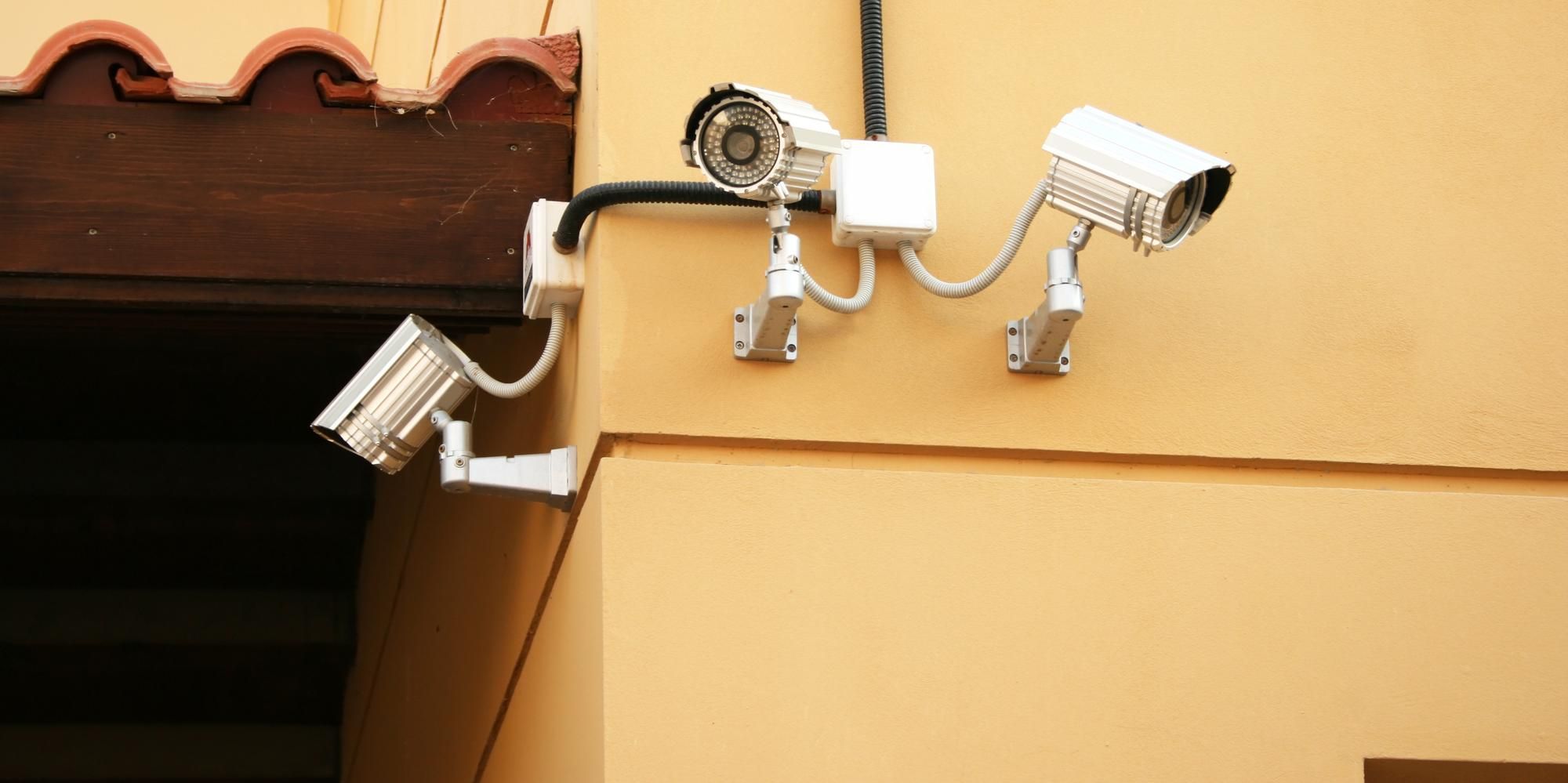
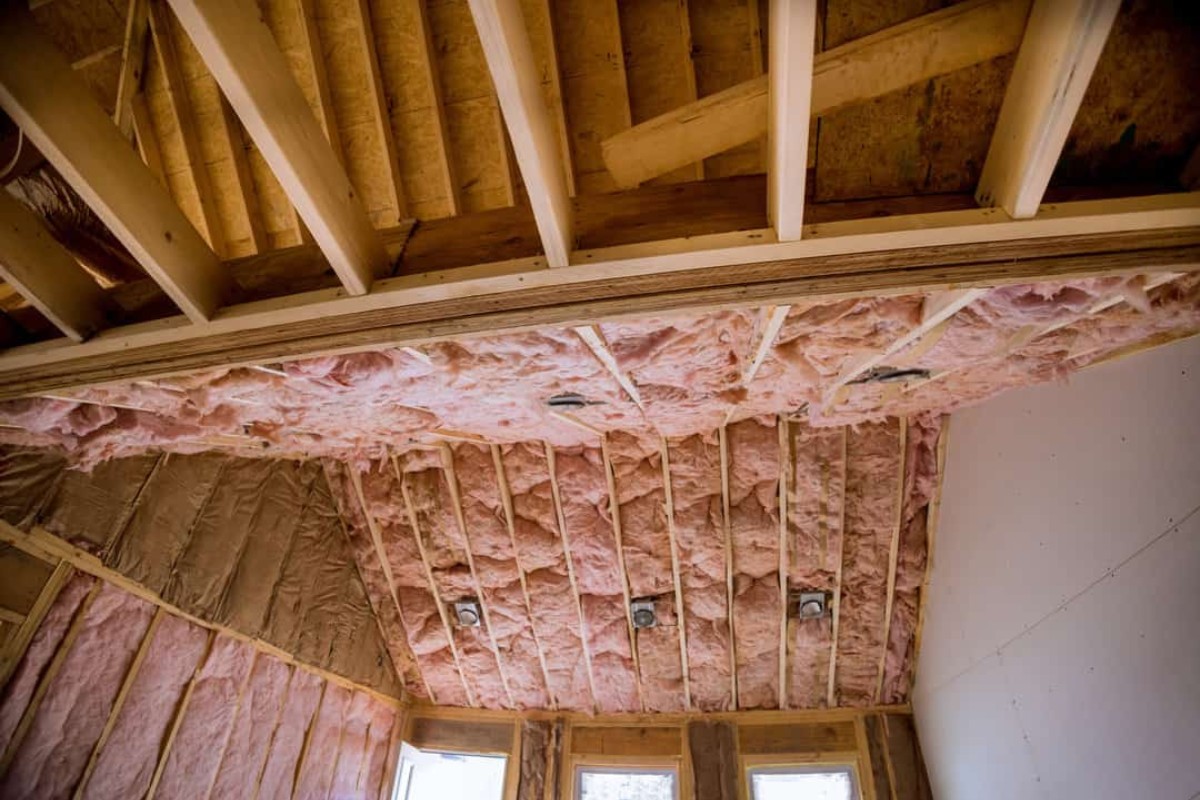

0 thoughts on “How To Keep A Home Cool In A Heatwave”